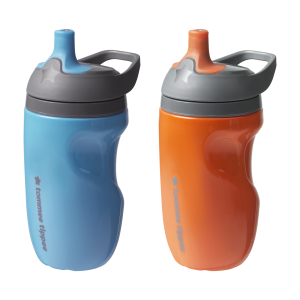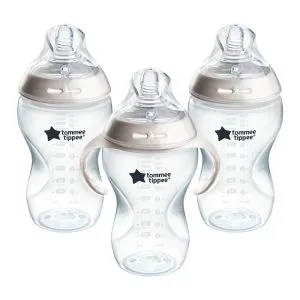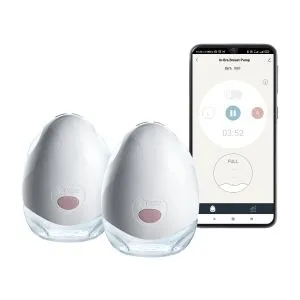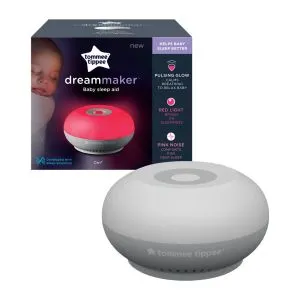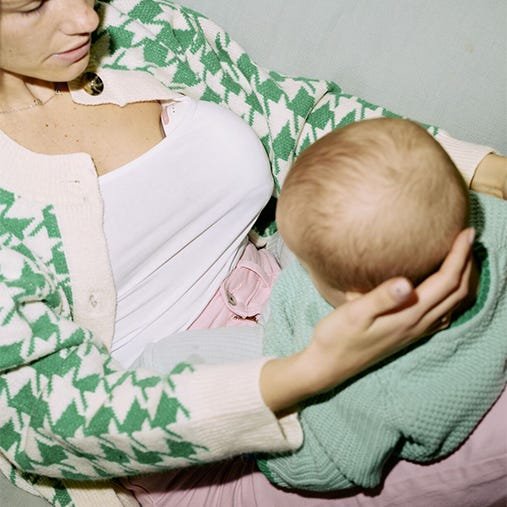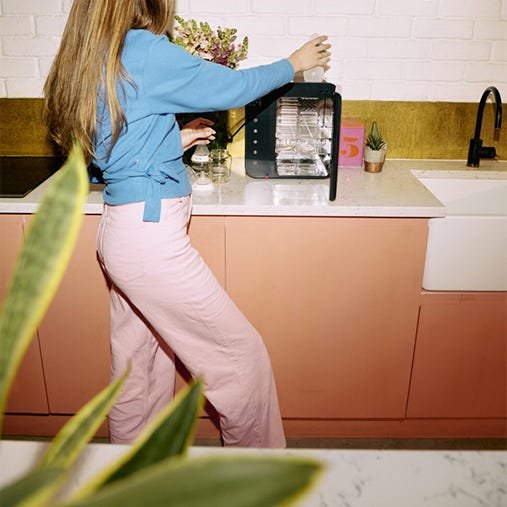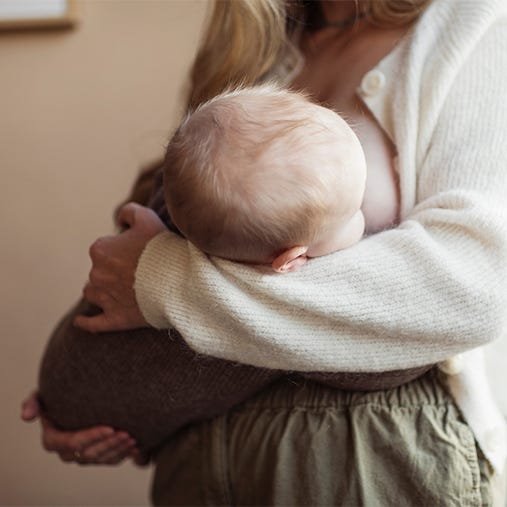As a new parent, thinking about feeding your baby can be both exciting and daunting. With so many different terms floating about and tons of baby feeding equipment on the market, it can be overwhelming to know what everything means and what you're truly going to need.
But don't stress, that's why we've put together this guide! It's here to help you understand the language of baby feeding and to help you decide what essentials you'll need to keep your new arrival fed and happy.
So, let's dive in and run through the world of infant feeding from A to Z!
- Baby bottles: You'll need baby bottles to feed your baby if you're giving them expressed breast milk or infant formula.
- Anti-colic baby bottle: These bottles are designed to soothe the discomfort caused by colic, they take the air out of baby's milk as they feed and stop it reaching their tummy. Ours have a patented triple-vented wand that keeps air away from milk and baby, meaning less air in their tummy and a proven reduction in colic symptoms.
- Glass baby bottle: Glass is long-lasting, recyclable and doesn't stain. Our durable glass baby bottles are fitted with a breast-like silicone nipple and have a built-in anti-colic valve.
- Plastic baby bottle: Our wide-neck plastic bottles are BPA-free.
- Silicone baby bottle: Silicone is a soft and squishy material and Tommee Tippee bottles made from silicone are boob soft for comfort and warmth.
- Bibs: Babies can sometimes make a bit of a mess when they feed, so it can help to pop a bib on them. Babies wear these around their necks to catch any dribble and absorb any spills, then it's just a case of washing them ready for the next feed.
- Bottle brush: This is a specially designed brush with soft bristles that you use to clean your baby's bottles and nipples thoroughly. You should clean all your baby's feeding equipment after each use.
- Bottle warmer: If you've expressed breast milk, you may want to warm it up before you feed it to your baby. A bottle warmer is a safe way to heat breast milk while preserving the essential nutrients.
